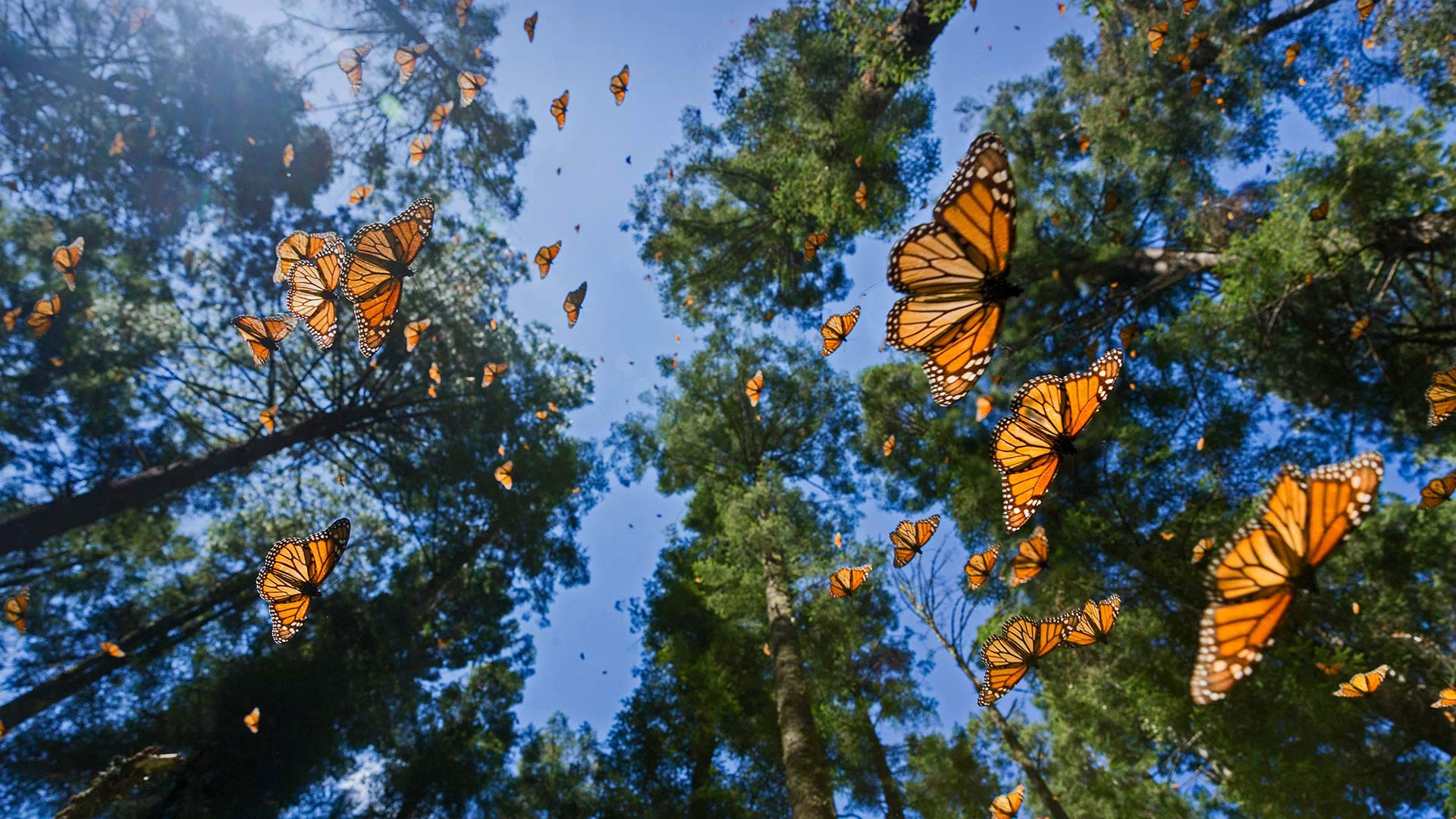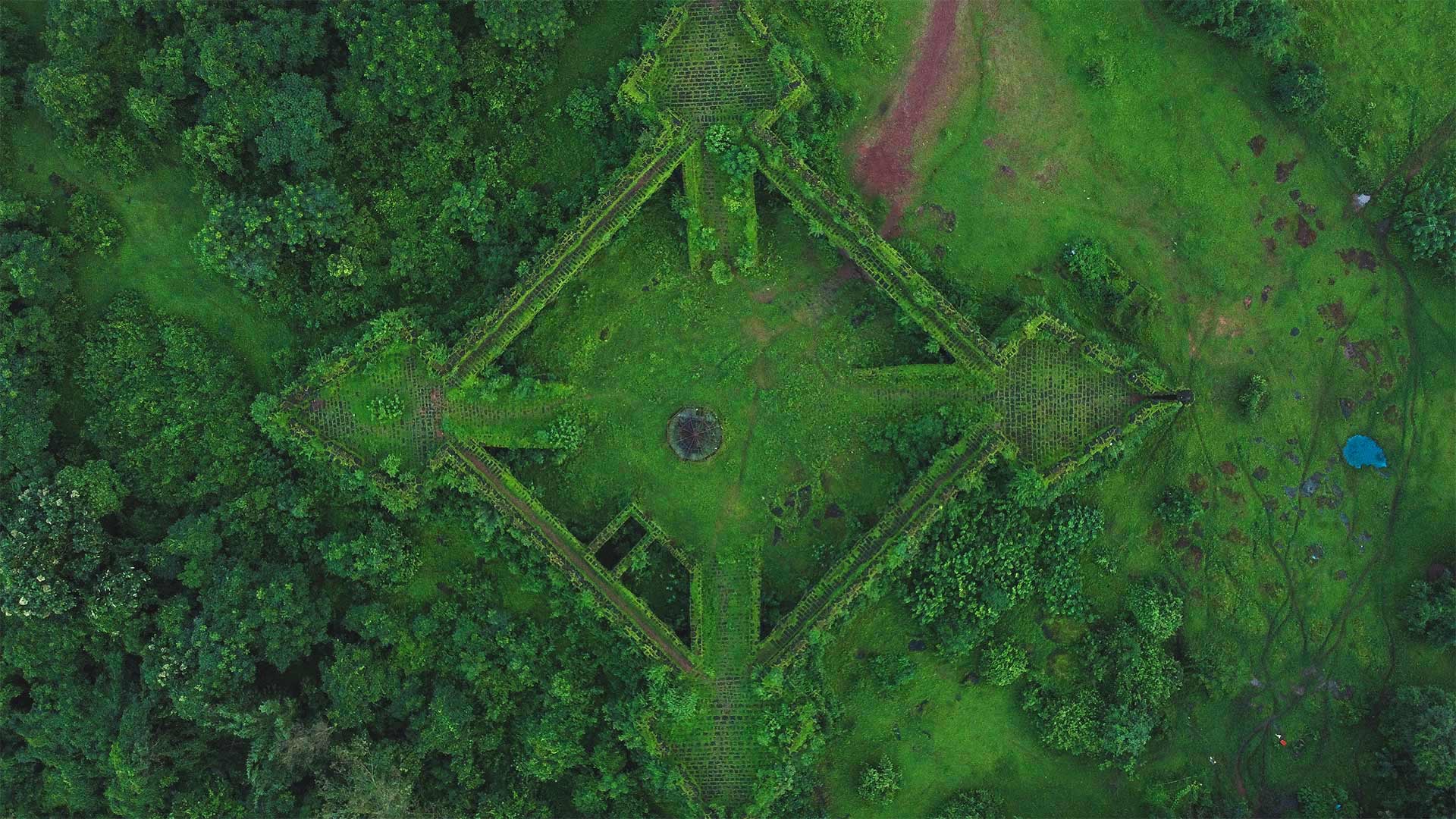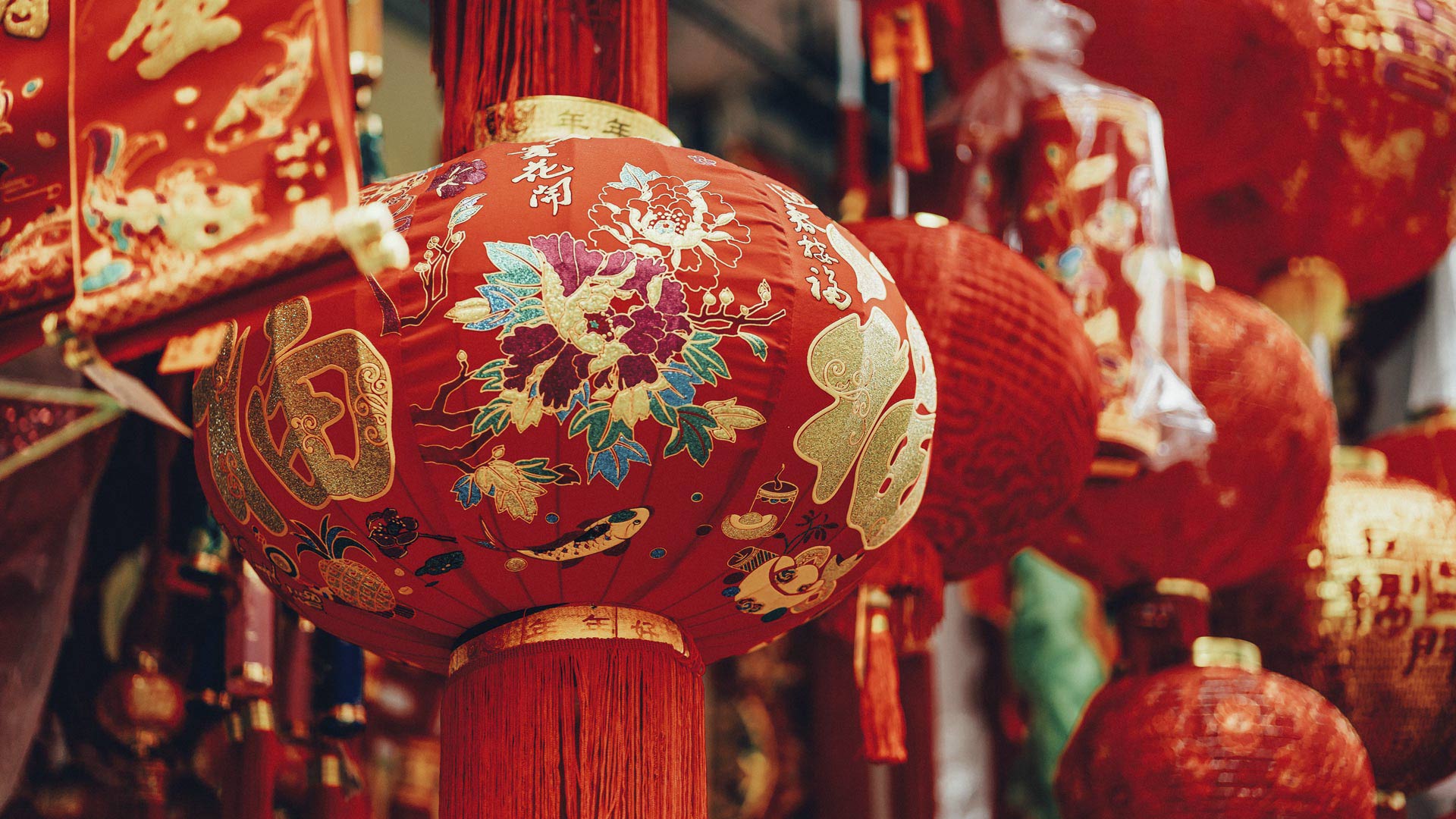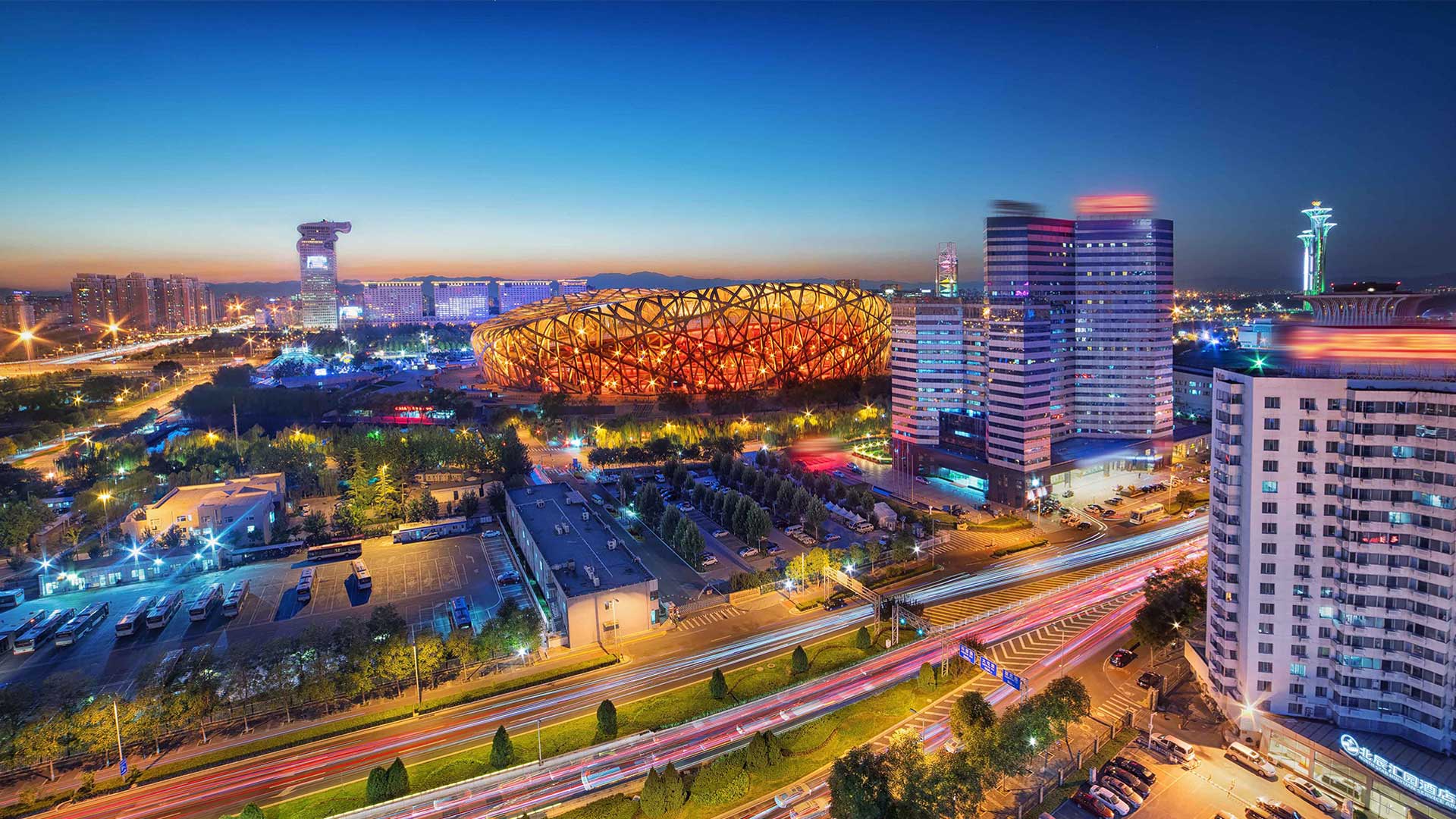2022年2月
漫天飞舞的黑脉金斑蝶,墨西哥 Monarch butterflies in the Monarch Butterfly Biosphere Reserve, Angangueo, Mexico (© Sylvain Cordier/Minden Pictures)

漫天飞舞的黑脉金斑蝶,墨西哥 Monarch butterflies in the Monarch Butterfly Biosphere Reserve, Angangueo, Mexico (© Sylvain Cordier/Minden Pictures)
Monarch butterflies in Angangueo, Mexico
Every year, one of the most spectacular natural phenomena in Mexico takes place in the forested mountains west of Mexico City. Between mid-January and late March, colonies of monarch butterflies migrate here from colder northern climates to find warmth and begin their breeding season. These huge flying colonies can contain as many as 20 million monarchs, which make use of air currents to travel as far as 100 nautical miles per day.
Upon arrival in the Mexican state of Michoacán, they'll settle into the forests of fir trees like those shown here, before finding their way to milkweed plants to mate and lay their eggs. The eggs will hatch after just a few days, leaving the offspring to feast on the milkweed before eventually transforming into the next generation of adult butterflies. Once the winter breeding season is over, the newly hatched monarchs will start the annual migration cycle over again, taking to the air for the long trek back north.
墨西哥Angangueo的帝王蝶
每年,墨西哥最壮观的自然现象之一发生在墨西哥城西部的森林山脉。1月中旬至3月下旬,成群的帝王蝶从寒冷的北方气候迁徙到这里,寻找温暖,开始繁殖季节。这些巨大的飞行殖民地可以容纳多达2000万只帝王,它们利用气流每天飞行100海里。
抵达墨西哥米却肯州后,它们会在这里所示的冷杉林中安顿下来,然后再找到马利筋植物交配产卵。卵在几天后就会孵化出来,让后代享用马利筋,然后最终转化为下一代成年蝴蝶。一旦冬季繁殖季节结束,新孵化的帝王将重新开始每年的迁徙周期,飞到空中进行漫长的向北跋涉。
亚运村夜景,北京 (© ViewStock/Getty Images)
Corjuem堡垒,印度果阿邦 Corjuem Fort in Goa, India (© Ingvar Kuznetsov/Shutterstock)

Corjuem堡垒,印度果阿邦 Corjuem Fort in Goa, India (© Ingvar Kuznetsov/Shutterstock)
Corjuem Fort in Goa, India
Corjuem Fort, built in 1705 by Portuguese colonists, was abandoned in 1894 but never demolished. It is now a protected historical site in Goa, India, and during the right time of year, Corjuem can look like it's being eaten by the forest.
While Britain is heavily associated with colonial control of India, Portugal had its own foothold in what is now the state of Goa, on the southwestern coast of India. The colony of Portuguese India held for more than 400 years before the Portuguese relinquished the territory in 1961. Sites such as Corjuem Fort show how much the colonial influence affected not just the culture, but the landscape itself.
印度果阿的Corjuem堡垒
1705年由葡萄牙殖民者建造的Corjuem堡垒于1894年被废弃,但从未被拆除。它现在是印度果阿的一处受保护的历史遗址,在一年中的适当时候,Corjuem看起来像是被森林吃掉了。
虽然英国在很大程度上与印度的殖民控制有关,但葡萄牙在印度西南海岸的果阿州有自己的立足点。葡萄牙-印度殖民地在1961年葡萄牙人放弃这片领土之前,已经统治了400多年。像Corjuem堡垒这样的遗址表明,殖民地的影响不仅影响了文化,还影响了景观本身。
寓意幸福和团圆的春节灯笼,中国 Vibrant colours of lanterns, decorations and ornaments for Chinese New Year in celebration of luck, healthiness, happiness, reunion and prosperities Hong Kong, Chin

寓意幸福和团圆的春节灯笼,中国 Vibrant colours of lanterns, decorations and ornaments for Chinese New Year in celebration of luck, healthiness, happiness, reunion and prosperities Hong Kong, China (© d3sign/Moment/Getty Images)
Chinese New Year 2022
Why do people put up red decorations on New Year? The story dates back to thousands of years ago…A monster named Nián comes to harass the villagers once a year. Later, people found that Nian would be afraid when it sees red color. Since then, people prepare red decorations on this day to drive away from the monster.
2022年中国新年
为什么人们在新年会挂上红色的装饰品?这个故事可以追溯到几千年前……一个名叫尼安的怪物每年来骚扰村民一次。后来,人们发现“年”看到红色就会害怕。从那时起,人们在这一天准备红色装饰物来驱赶怪物。
